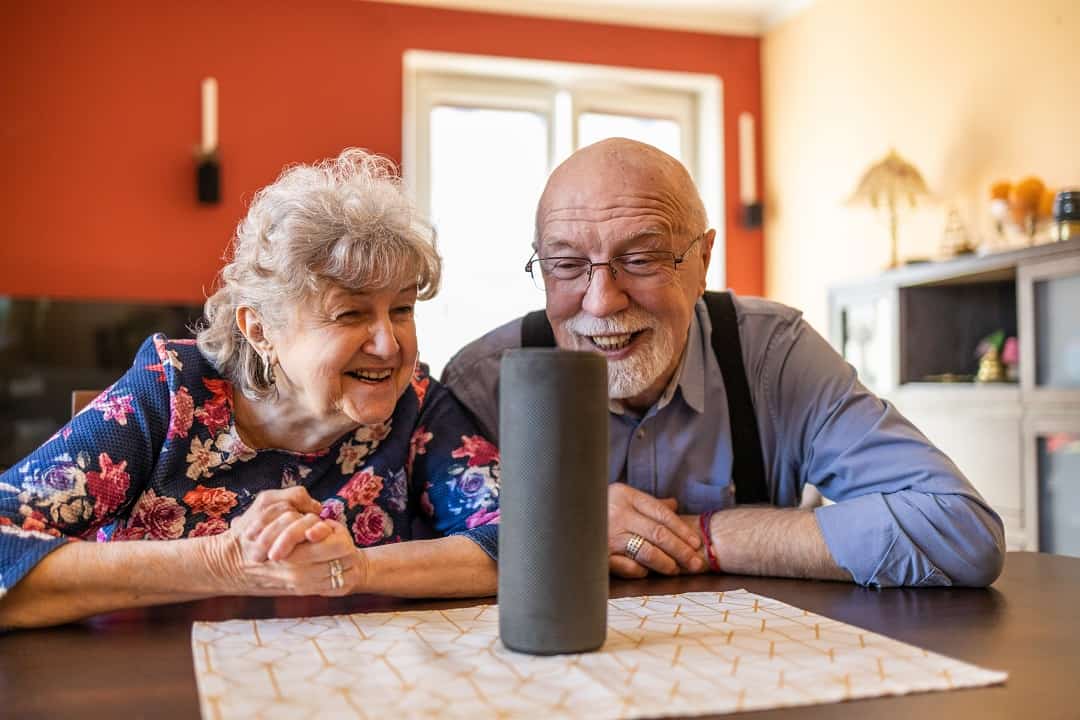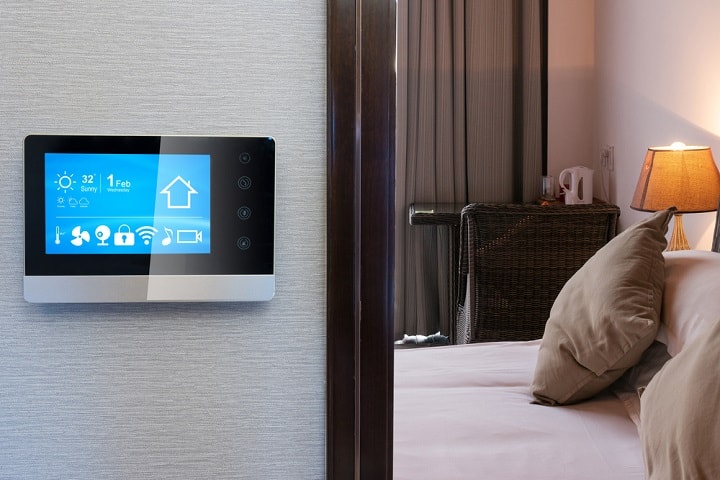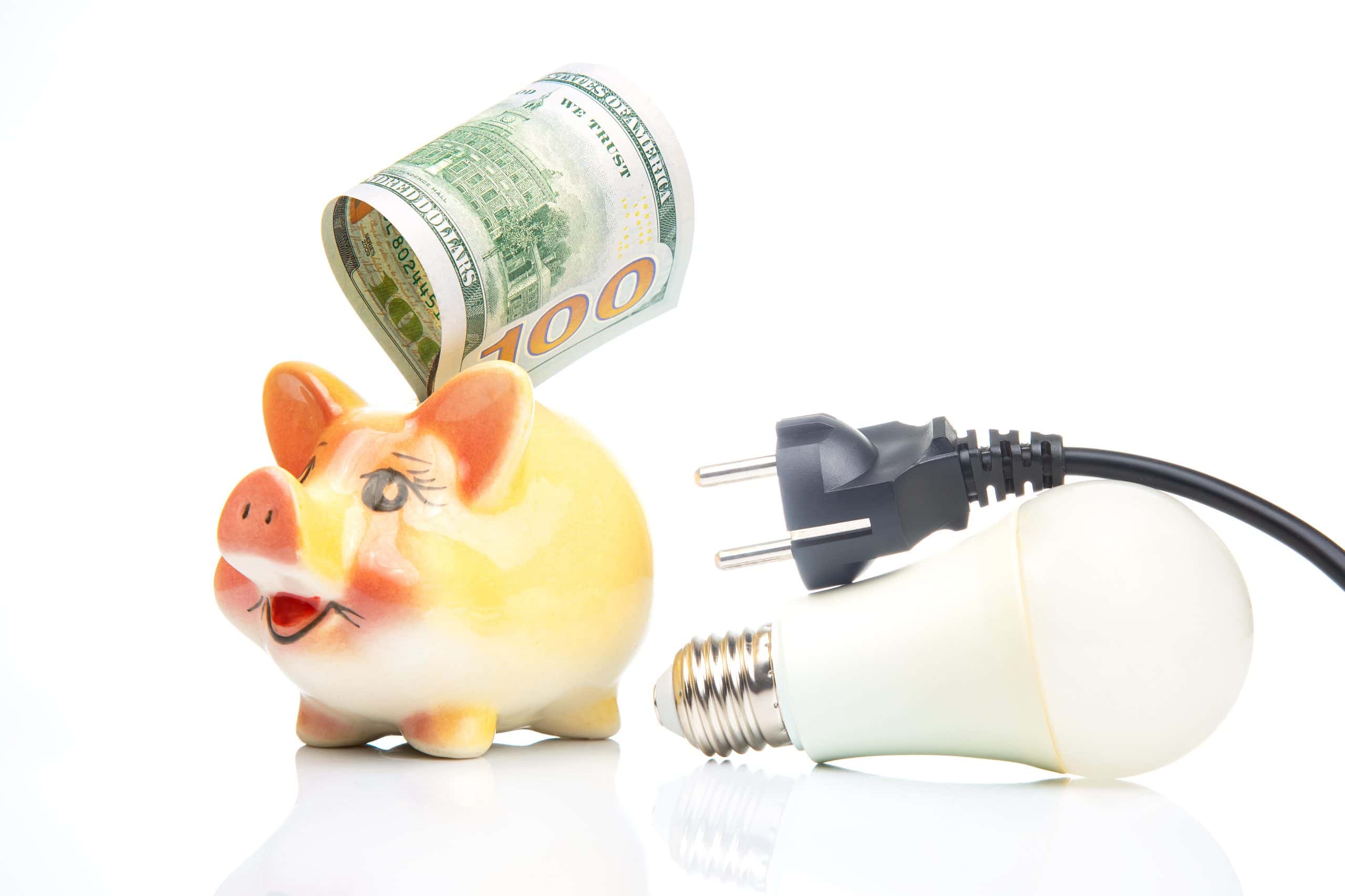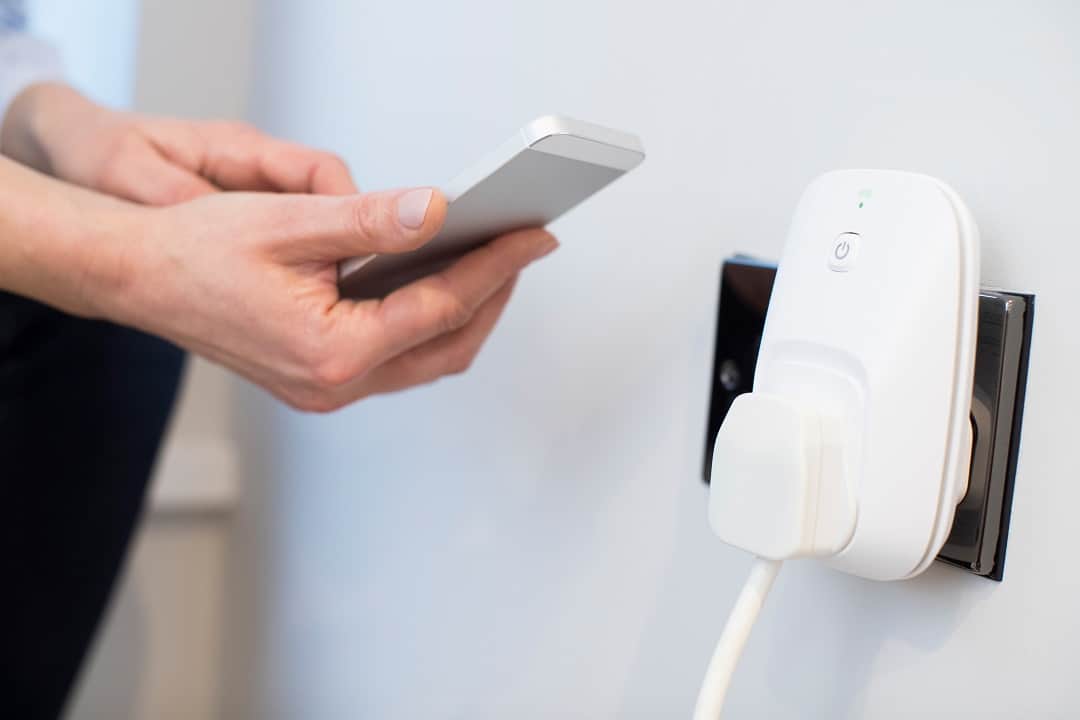Are you or someone you know caring for an elderly loved one? In today’s fast-paced world, technology has made incredible advancements, and one area where it’s truly shining is in the realm of smart homes for the elderly. These innovative systems are designed to make life easier, safer, and more convenient for our aging population. In this blog post, we’ll explore the benefits of smart homes for the elderly and how they can improve the quality of life for our senior loved ones. From voice-activated assistants to remote monitoring systems, we’ll delve into the exciting possibilities that await.
Smart Home Devices for the Elderly
Smart home devices have revolutionized the way we live, and they have become particularly beneficial for the elderly. These devices are designed to make daily tasks easier and enhance safety. Smart home devices can include voice-activated virtual assistants, motion sensors, smart locks, and even wearable devices that can detect falls or monitor vital signs. By integrating these technologies, smart homes for the elderly provide a safer and more comfortable living environment, allowing seniors to age in place and maintain their independence for longer.
How does a smart home for the elderly work?
A smart home for the elderly works by integrating various devices and technologies to create a safer and more convenient living environment. These homes are equipped with sensors, cameras, and smart devices that can be controlled remotely or through voice commands. For example, motion sensors can detect movement and trigger lights to turn on automatically, reducing the risk of falls in the dark. Voice-activated virtual assistants such as Amazon Echo or Google Home can control appliances, adjust lighting, and even provide reminders for medication and appointments. These systems can also be connected to wearable devices or emergency buttons, allowing for quick assistance in case of an emergency. The overall goal is to enhance the independence and well-being of elderly individuals while providing peace of mind for their caregivers.
What are the benefits of a smart home for the elderly?
The main benefit of a smart home for the elderly is that it allows them to live independently for longer, as smart devices can assist with everyday tasks. For example, with voice-controlled assistants like Amazon Echo or Google Home, seniors can easily control lights, thermostats, and even lock doors using just their voice. This reduces the risk of falls or accidents that may occur when trying to manually perform these tasks. Additionally, smart home systems can monitor the health and safety of elderly individuals, providing peace of mind for both the seniors themselves and their caregivers. For instance, smart sensors can detect if a stove has been left on or if there is a water leak, alerting the homeowner or caregiver to potential dangers. Overall, smart homes offer convenience, safety, and increased independence for the elderly, making their daily lives easier and more secure.
Popular smart home devices for the elderly
Voice-Activated Assistants
One of the most popular smart home devices for the elderly is voice-activated assistants like Amazon Echo or Google Home. These devices are equipped with advanced voice recognition technology, allowing seniors to control various aspects of their homes just by using their voice. From adjusting the thermostat to playing their favorite music, voice-activated assistants provide convenience and independence.
Smart Lighting Systems
Another essential smart home device for the elderly is smart lighting systems. These systems allow seniors to control the lighting in their homes remotely. With the help of smartphone apps or voice commands, they can adjust the brightness, color, and even schedule the lighting according to their preferences. Smart lighting systems not only enhance convenience but also promote safety by allowing seniors to have well-lit spaces at all times.
Video Doorbells
One of the most useful and innovative features of a smart home for the elderly is a video doorbell. This device allows homeowners to see and communicate with visitors at their front door, even when they are not at home. With a video doorbell, elderly individuals can easily screen visitors before opening the door, ensuring their safety and security. It also provides a convenient way to communicate with delivery drivers or caregivers. Video doorbells usually come with motion sensors that can detect any movement near the front door, sending an instant notification to the homeowner’s smartphone or tablet. This allows them to monitor their property and be aware of any potential threats or unwanted visitors.
Motion Sensors
Motion sensors are another essential component of a smart home for the elderly. These sensors can be placed in strategic locations throughout the house, such as hallways, bedrooms, and bathrooms, to detect movement. They can be programmed to trigger automatic lights, making it easier for seniors to navigate through their home, especially during nighttime. Motion sensors can also be integrated with other smart devices, such as smart thermostats or security systems, to create a more comprehensive and efficient home automation system. With motion sensors, elderly individuals can feel safer and more comfortable in their own homes, as they don’t have to worry about manually turning on lights or adjusting the temperature.
FAQ
Are smart homes for the elderly expensive?
Yes, smart homes for the elderly can be expensive, but it ultimately depends on the specific features and devices you choose to incorporate. The initial cost may seem high, as you’ll need to invest in devices such as smart thermostats, motion sensors, voice assistants, and security systems. However, it’s important to consider the long-term benefits and potential cost savings. Smart homes can help reduce energy consumption, enhance security, and provide convenience. Additionally, they can offer peace of mind for both the elderly individuals and their caregivers. It’s worth exploring different options and finding a balance between affordability and functionality to create a customized smart home solution that fits your budget and needs.
Can a smart home system be easily installed and managed?
Yes, a smart home system can be easily installed and managed. Most smart home systems are designed to be user-friendly and can be easily set up without the need for professional installation. Many systems come with step-by-step instructions and video tutorials to guide you through the process. Additionally, smart home systems can be managed through a smartphone app or a central hub, allowing you to control and customize your devices from anywhere. The app or hub will provide you with a user-friendly interface where you can easily manage and monitor your smart devices, adjust settings, and receive notifications. Overall, smart home systems are designed with simplicity in mind, making it easy for anyone, including the elderly, to install and manage them.
What features should I look for in a smart home system for the elderly?
When looking for a smart home system for the elderly, there are several key features to consider. First and foremost, the system should have easy-to-use interfaces, both in terms of hardware and software. This ensures that even those with limited technological experience can navigate and operate the system effortlessly. Additionally, the system should offer voice control capabilities, allowing the elderly to control various devices and functions simply by speaking. Integration with wearable technology, such as smartwatches or fitness trackers, can also be beneficial, as it enables monitoring of vital signs and provides alerts in case of emergencies. Furthermore, it is important to choose a system that offers remote access, allowing family members or caregivers to monitor and control the home from a distance. Lastly, the system should have a variety of sensors and detectors, including motion sensors, door/window sensors, and smoke detectors, to enhance safety and security.
Can a smart home system be customized to meet individual needs?
Yes, a smart home system can be customized to meet individual needs. Smart home technology offers a wide range of features and devices that can be tailored to accommodate specific requirements. Whether it’s automating lights, adjusting thermostats, or monitoring home security, smart home systems can be personalized to fit the unique needs of the elderly. For example, if someone has limited mobility, they can integrate voice-activated controls for lights and appliances, or install smart door locks that can be operated remotely. Additionally, smart home systems can be programmed to send alerts or notifications to caregivers or family members in case of emergencies or unusual activity. This customization allows seniors to have a smart home that is not only convenient but also provides an added layer of safety and peace of mind.
Are smart homes for the elderly secure and private?
Yes, smart homes for the elderly can be secure and private. With advancements in technology, smart home devices now come with robust security measures to protect the user’s privacy. Many smart home systems use encryption protocols to secure data transmission and implement multi-factor authentication to prevent unauthorized access. Additionally, users have control over their data and can choose what information they want to share. It’s important to choose reputable smart home brands that prioritize security and privacy, and ensure that the devices are regularly updated with the latest security patches. By taking these precautions, smart homes for the elderly can offer a safe and private living environment.
In Summary
Smart homes for the elderly are a great way to make sure that older individuals live safe, healthy lives. We hope that you found the information helpful and insightful. As technology continues to advance, it’s essential to explore how it can benefit all demographics, including the elderly. By incorporating smart devices and systems into their homes, older adults can enjoy greater independence, convenience, and safety. Whether it’s voice-activated assistants, automated lighting, or remote monitoring devices, smart home solutions offer a wide range of possibilities. We encourage you to share this post with others who may benefit from the information. Remember, it’s never too late to embrace the power of technology and create a safer, more comfortable living environment for our loved ones.




